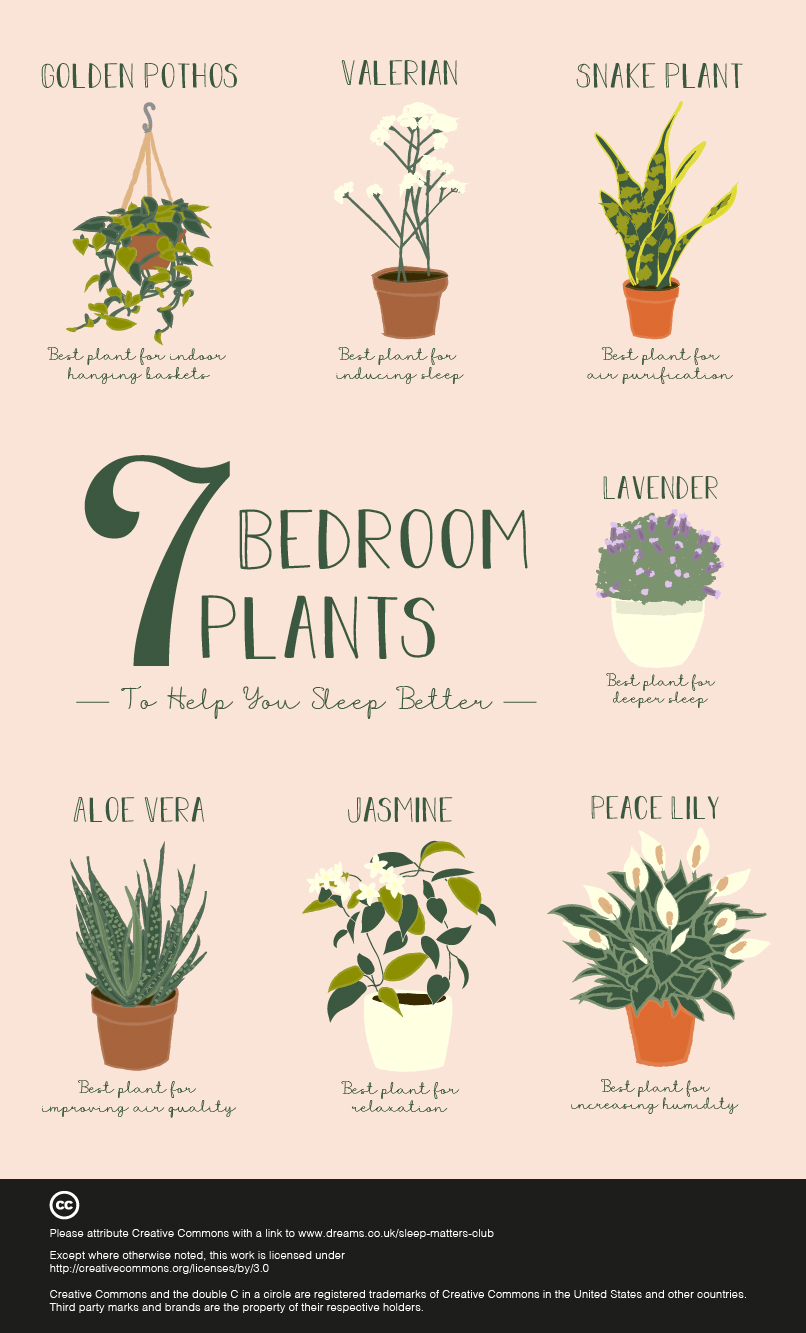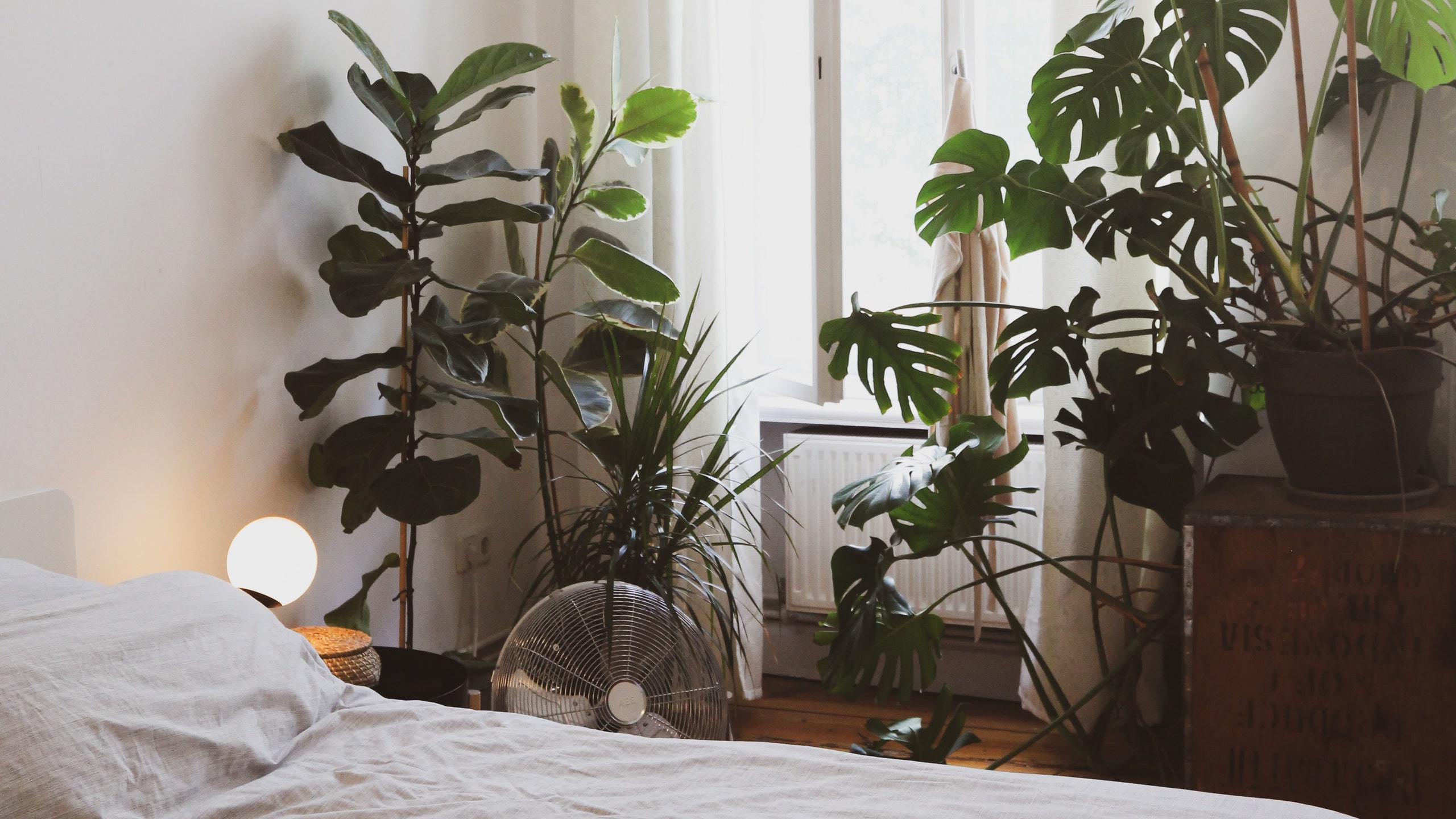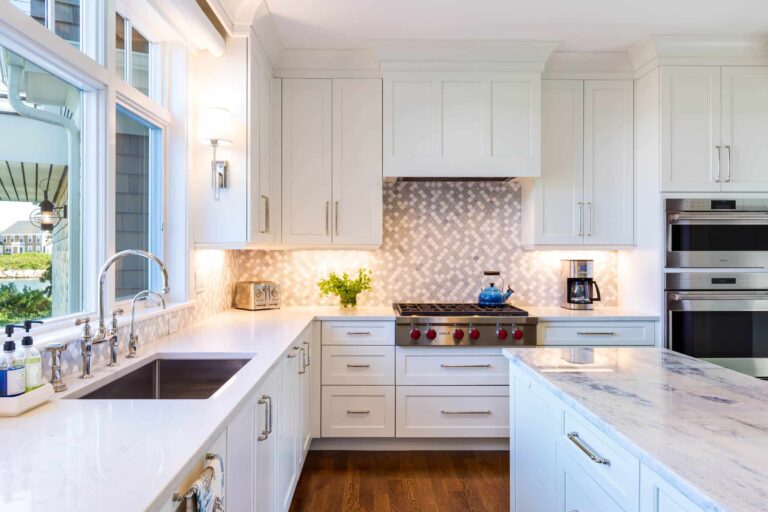Which Plant Is Good For Indoor Room?
Houseplants are a great addition to any home or office, adding beauty and life to any living space. They can also be beneficial to your health, as they can help improve air quality and reduce stress. When choosing which plants are best for indoor rooms, it is important to consider the size and light requirements of the plants, as well as the amount of maintenance they will need. Some popular houseplants that are good for indoor rooms include pothos, spider plants, snake plants, philodendrons, peace lilies, ferns, and succulents. These plants are generally easy to care for and can be found in a variety of sizes and shapes to fit any space.
Types of Plants Suitable for Indoor Rooms
When it comes to choosing plants to decorate indoor rooms, there are a variety of different types to choose from. From low-maintenance succulents to lush ferns, houseplants come in all shapes and sizes, so it’s important to know which ones are best for your particular indoor space. Here are some of the most popular types of plants that thrive in indoor rooms and the benefits they offer.
Succulents: These hardy plants require minimal care and water, making them ideal for busy homeowners. They come in a range of shapes and sizes, so they can be used to decorate any interior space.
Snake plants: Snake plants are easy-to-care-for plants that help to purify the air. They are low-maintenance and can survive in low-light and humid environments.
Ferns: Ferns are lush, green plants that can brighten up any room. They require some attention and care, but they can survive in indoor environments.
Pothos: Pothos are low-maintenance plants that thrive in low-light and humid environments. They are a great choice for busy homeowners who don’t have a lot of time for upkeep.
Peace lilies: Peace lilies are beautiful, low-maintenance plants that can help to purify the air in your home. They require regular water and some bright, indirect light.
Having the right plants in your indoor space can make a world of difference. Not only do plants bring life and beauty to a room, they can also help to purify the air and create a healthier environment. With so many different types of plants to choose from, you’re sure to find the perfect plant for your indoor room.
Benefits of Indoor Plants
Having plants inside your home provides numerous benefits, and there is no one “best” plant for every room. Different plants require different care, and choosing the right one for your home will depend on the amount of sunlight, temperature, and humidity in the room, as well as the amount of time and effort you’re willing to put into caring for it.
That said, some plants are more suited for indoor living than others. For example, ferns, pothos, and spider plants are all low-maintenance and can thrive in lower-light settings. Succulents and cacti, on the other hand, require more intense light and need to be watered less frequently.
Indoor plants can help clean the air in your home by filtering out pollutants, such as formaldehyde, benzene, and trichloroethylene. They can also increase the humidity in a room, reducing the risk of respiratory illnesses. Studies have also shown that indoor plants can reduce stress and anxiety, improve concentration, and boost creativity.
No matter which type of plant you choose, adding some greenery to your indoor space can help you create a healthy, welcoming environment. With the right care and attention, you can enjoy the benefits of indoor plants for many years to come.
Plant Selection Considerations
Having a plant in your house not only looks beautiful but also has many benefits for your health. However, choosing the right plant for your indoor space can be challenging. Some elements to consider when selecting a plant for your room include the amount of light available, the temperature, and the amount of space available. Researching the type of plant and the environment it needs to thrive in can help you make the right selection.
Light is essential for plants and you should consider how much natural light your room gets during the day. Some plants thrive in bright, direct sunlight while others need a moderate amount of indirect light. Temperature also plays an important role in plant selection. Some plants prefer warm temperatures while others like cooler temperatures. Consider the temperature of your room before selecting a plant.
Finally, the amount of space you have available to house a plant should be taken into consideration. If you have a small space, a small plant or hanging plant may be a better choice. Similarly, if you have a larger area, you can select a large indoor plant. When selecting your plant, remember to consider the light, temperature, and space available before making your selection.
Plant Care and Maintenance Tips
Good indoor plants don’t just look nice, they can also contribute to your home’s air quality and provide a variety of other benefits. But it’s important to do your research to make sure you find the best plant for your indoor space, as well as make sure you know how to take care of it.
When it comes to choosing an indoor plant, there are a few key things to consider. Think about how much light your room receives, the temperature, and the amount of humidity. These all play a role in determining which plants will thrive in your home.
It’s also important to think about how much maintenance the plant needs. Some plants require frequent watering and pruning, some need more attention than others. Do your research and find out how much effort is required to keep your plant healthy.
Once you have your indoor plant, you’ll need to make sure you’re following a regular maintenance schedule. This includes watering, fertilizing, pruning, and repotting. Be sure to check the label for instructions on how to care for your specific plant. Pay attention to the leaves and stems for any signs of wilting, yellowing, or disease.
Indoor plants are a great way to bring life and beauty to your home. With the right research and care, you can find the perfect plant for your space and ensure it stays healthy and vibrant for years to come.

Light Requirements for Indoor Plants
Indoor plants are a great way to bring nature indoors and create a more inviting atmosphere. However, not all plants require the same amount of light to thrive. Depending on the type of plant you have, it may need a specific light source and environment to survive. Knowing which plants are suitable for your indoor space and which plants require more light is essential for a successful indoor garden.
When it comes to light requirements for indoor plants, there are two main categories: low-light plants and high-light plants. Low-light plants, such as ferns, require at least four hours of indirect light each day. High-light plants, such as succulents, need at least five to six hours of direct sunlight per day. Understanding the light requirements for your specific plants is the key to a successful indoor garden.
In addition to the light requirements, it’s important to consider the environment for your plants. Plants need a certain temperature and humidity level to thrive, and this can vary from plant to plant. Make sure you research your specific plant to determine the ideal environment for it.
When choosing plants for your indoor space, consider their light requirements and environmental needs to ensure they will thrive. With the right combination of light and environment, your indoor plants will flourish and create a beautiful, inviting atmosphere.
Potential Health Benefits of Indoor Plants
Having plants in your home can be more than just aesthetically pleasing. There are potential health benefits that come along with having plants indoors. Studies have shown that indoor plants help reduce indoor air pollutants, which can lead to improved air quality. Plants can also reduce stress and anxiety levels, as well as reduce fatigue and headaches. They can even reduce the amount of dust in the air, which can be beneficial for those with allergies or respiratory issues. Additionally, plants can help increase concentration and productivity, as well as provide a better quality of life.
In addition to these potential health benefits, having plants indoors can also help improve the overall mental health of those in the home. Studies have shown that plants help improve mood and promote feelings of well-being. They can also reduce feelings of loneliness and help people feel connected to nature, which can lead to improved mental health.
The beauty of having plants indoors is that they are relatively easy to care for and can be placed in almost any area of the home. Many different types of plants are ideal for indoor use, including low-maintenance succulents, air-purifying plants, and plants with beautiful blooms. Whatever type of plant you choose, you’ll be sure to enjoy the potential health benefits they provide.
Popular Indoor Plant Varieties
Indoor plants can bring a variety of benefits to your home, from reducing air pollution to improving your mental health. But when it comes to deciding which plants make the best houseplants, there are many factors to consider. Depending on your home’s environment, the amount of sunlight it gets, and the size of the space, some plants may be better suited than others. To help make the decision easier, here are some of the most popular indoor plant varieties to consider.
Peace lily is a great plant for any room, especially those with low light. It has beautiful white flowers and long, dark green leaves, and it’s also great at removing toxins from the air. Aloe vera is another popular choice for indoors, as it’s easy to care for and has many healing benefits. Spider plants are another great option as they can survive in a variety of conditions and are known for improving air quality.
For those looking for a more exotic look, the Chinese evergreen is a great option. This plant has stunning green and silver leaves and can tolerate low light and infrequent watering. Snake plants are also popular due to their long, spiky leaves and their ability to survive in a wide range of conditions.
No matter what kind of indoor plant you choose, make sure to research its care needs and know how often to water and how much light it needs. With the right care, these plants can be a great addition to any home.
Troubleshooting Common Indoor Plant Problems
Plants have been known to bring life to any room, but keeping them healthy can be a challenge. Many homeowners find themselves facing common indoor plant problems, such as wilting, brown spots, drooping, and pests. Fortunately, there’s a variety of solutions to these common indoor plant problems. From identifying and treating pests to watering properly and providing the right amount of sunlight, there are a few tips and tricks to help you troubleshoot and keep your plants looking healthy.
First, it’s important to identify the type of plant you’re dealing with. Different plants have different needs, and understanding what type of care each requires is key to tackling common indoor plant problems. Once you’ve identified the type of plant, inspect it for signs of pests, such as mealybugs, spider mites, and fungus gnats. If you find any pests, use a natural insecticide to eliminate them.
Next, consider the amount of water and sunlight the plant is receiving. Most indoor plants need frequent watering, but overwatering can lead to root rot and other issues. Similarly, too much or too little sunlight can cause brown spots on the leaves. Place your plant in an area where it will receive the light it needs without being too exposed.
FAQs About the Which Plant Is Good For Indoor Room?
1. Q: What are the best plants for indoor rooms?
A: Some of the best plants for indoor rooms include: Spider plants, Philodendrons, Snake Plants, Peace Lilies, and Chinese Evergreen.
2. Q: How do I care for indoor plants?
A: Caring for indoor plants depends on the type of plant you have. Generally, indoor plants need indirect sunlight, adequate fertilizer, and regular watering.
3. Q: Can indoor plants help purify the air?
A: Yes, many indoor plants are known to help clean the air by removing pollutants and toxins. Some of the plants that are effective air purifiers include Snake plants, Dracaenas, and Peace Lilies.
Conclusion
Many plants are suitable for indoor rooms and can help purify the air while adding a touch of beauty to the space. From spider plants to ferns, aloe vera to succulents, there are a wide variety of options to choose from. Certain plants may require more sunlight or more water than others, so it is important to research the specific needs of the plant before bringing it into the home. With proper care and attention, these plants can thrive and bring life and beauty to any indoor room.




